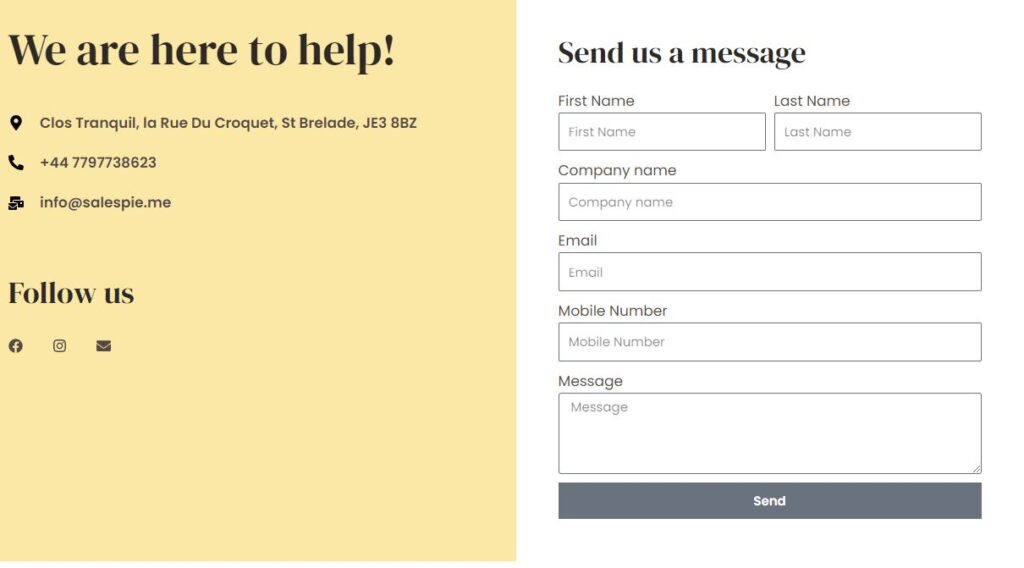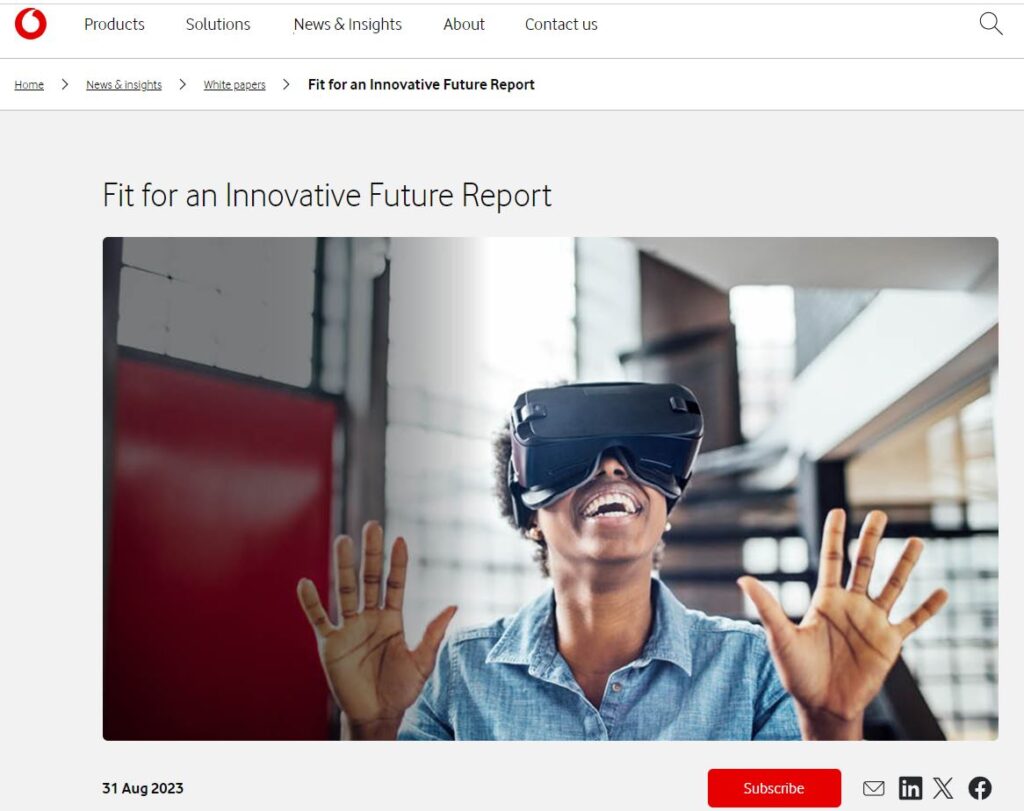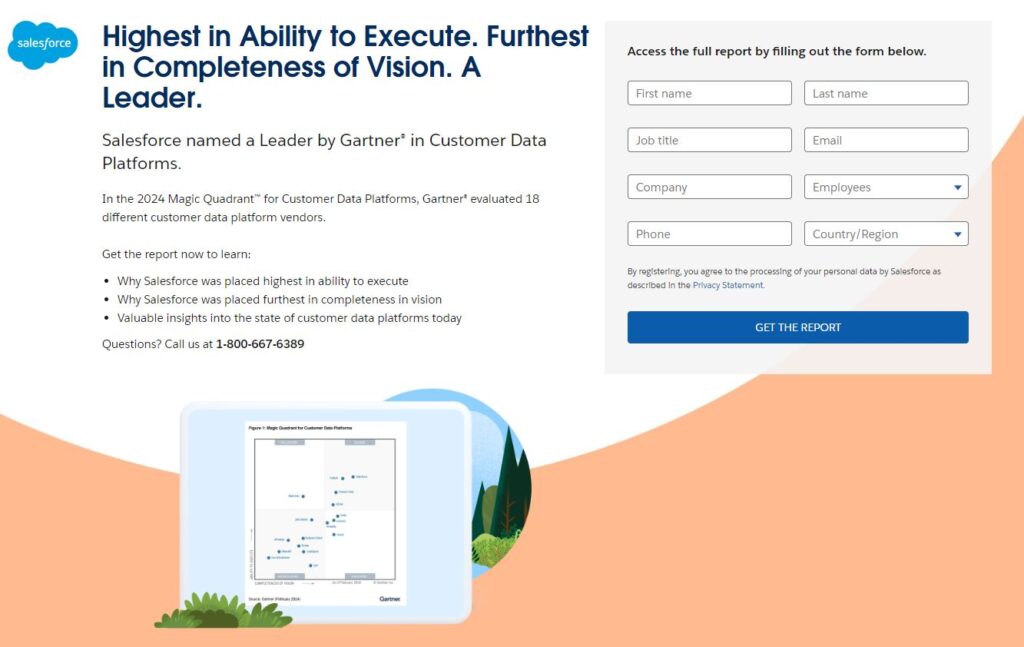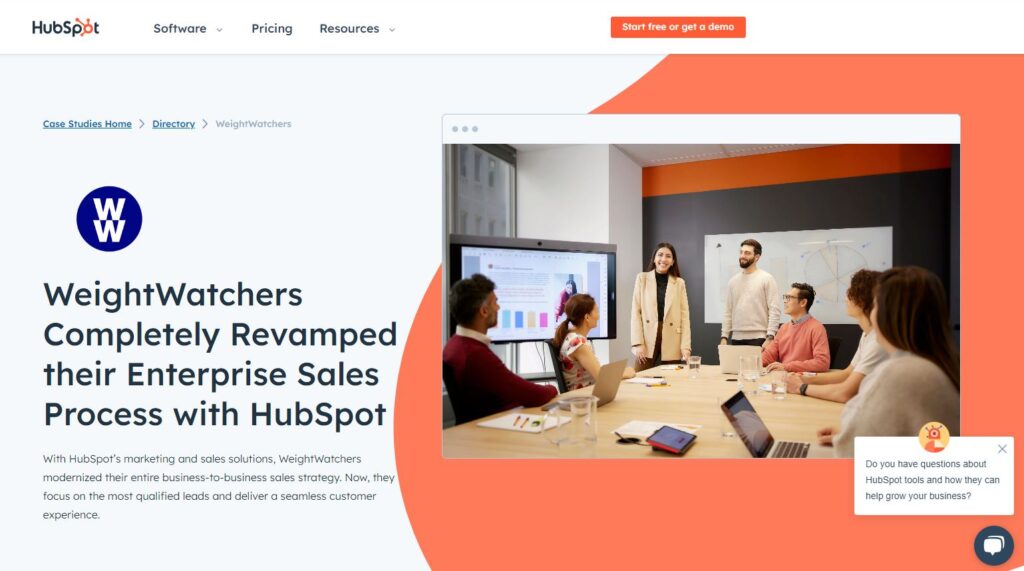TABLE OF CONTENT
What is a lead generation strategy?
A lead generation strategy is a comprehensive plan to encourage potential customers to provide their contact information and opt into marketing or sales communications, effectively becoming leads.
A solid lead generation strategy enables you to:
- Populate your sales pipeline,
- Build an email distribution list,
- Identify high-quality prospects through lead qualification
- Personalize your marketing and sales efforts.
Additionally, gathering and analyzing lead data as a whole can provide valuable insights into your target audience’s demographics, preferences, and behaviors.
A lead generation strategy helping you acquire more customers.
What is a sales lead?
Before we continue. Let’s review what a lead is before we start talking about lead generation strategy.
A lead is a potential customers, also knows as a prospect. Depending on organisation a lead can be defined in different ways. A lead can be defined as a contact and determined prospects, but a lead can also be an undefined contact, but still a potential prospect. What remains is that a lead will potentially become a future client/customer and sales team have the responsibility to convert a maximum leads to clients (conversion rate).
Check out this blog to learn more, Ways to manage your sales leads better!
1. Optimize Your Contact and Service Pages
6 Tested Techniques for Lead Generation
Optimizing contact and service pages for conversion can increase the likelihood of turning website visitors into viable leads. Best practices include providing multiple ways for users to reach out, incorporating clear calls to action (CTAs) with action words, and adding a unique value proposition (UVP).

2. Showcase Your Expertise Through High-Quality Content
Creating high-quality content allows you to demonstrate your areas of expertise and gives potential clients a reason to engage with you. This content can be utilized across multiple marketing channels such as your website, email marketing, pay-per-click advertising, and social media. Examples of content formats include blog posts, ebooks, and white papers.

3. Optimize Lead Generation Forms
Submission forms should be easy to use and have a logical layout to encourage website visitors to submit their contact information. Adding required fields such as “Services” or “Message” can help qualify leads and provide essential details for follow-up outreach.

4. Create Lead Magnets
Lead magnets are valuable resources offered in exchange for a potential customer’s contact information. Examples of lead magnets include free services/products, discounts, professional reports, marketing trends and industry insights reports, and original research or studies.

5. Run Lead Generation Ads
Lead generation ads are an essential tool for businesses looking to expand their customer base and increase sales through targeted advertising and efficient data collection.
Platforms for Lead Generation Ads
- Facebook Lead Ads: These ads allow users to fill out forms directly within the Facebook platform, making the process seamless and reducing friction.
- LinkedIn Lead Gen Forms: LinkedIn offers lead gen forms that pre-fill with users’ LinkedIn profile information, making it easy for professionals to submit their details.
- Google Ads: Google offers lead form extensions that appear directly in search ads, allowing users to submit their information without leaving the search results page.
- Instagram: Similar to Facebook, Instagram lead ads allow users to fill out forms directly within the app.
Best Practices for Lead Generation Ads
- Clear and Concise Forms: Keep the form fields to a minimum to reduce friction and increase submission rates.
- Compelling CTAs: Use strong and clear calls to action that encourage users to take the next step.
- Attractive Offers: Provide valuable incentives to motivate users to share their information.
- Targeted Audience: Utilize advanced targeting options to reach the most relevant audience for your business.
- Follow-Up: Have a clear follow-up strategy to nurture leads and convert them into customers.

6. Publish case studies

Case studies are effective for generating sales leads for several reasons:
Showcase Real-World Applications: They provide concrete examples of how your product or service has successfully addressed specific problems or needs. This helps potential customers see the practical benefits and applications of your offerings.
Build Credibility and Trust: By demonstrating actual success stories, case studies build trust with potential customers. They show that your company has a track record of delivering results, which can alleviate concerns and reduce perceived risks.
Highlight Unique Selling Points: Case studies allow you to highlight what sets your product or service apart from competitors. By focusing on unique features and successful outcomes, you can differentiate your offerings in a compelling way.
Provide Social Proof: Featuring satisfied customers in case studies acts as social proof, which is a powerful psychological trigger. Prospective buyers are more likely to be influenced by the positive experiences of others who have faced similar challenges.
Address Specific Pain Points: Case studies can be tailored to address particular pain points or industry challenges. This targeted approach helps in resonating with prospects who are facing similar issues, making them more likely to consider your solution.
Facilitate the Buyer’s Journey: They can be used at various stages of the buyer’s journey. For those in the awareness stage, case studies can illustrate the problem-solving capabilities of your product. For those in the consideration or decision stages, they provide detailed evidence of effectiveness and customer satisfaction.
Generate Qualified Leads: Potential customers who read through a detailed case study and reach out to your company are likely already interested and have a higher level of intent, making them more qualified leads.
Support Marketing and Sales Efforts: They can be utilized in multiple marketing channels such as your website, email campaigns, social media, and sales presentations. This versatility makes them a valuable asset in your overall marketing strategy.
Encourage Engagement: Well-crafted case studies can engage readers by telling a story. This narrative approach can capture attention more effectively than straightforward marketing messages, leading to higher levels of interest and interaction.
Demonstrate ROI: By showcasing tangible results and return on investment (ROI), case studies can persuade potential customers that the investment in your product or service is worthwhile. This financial justification is crucial for decision-makers.
In summary, case studies are a powerful tool for generating sales leads because they provide credible, relatable, and detailed evidence of your product or service’s value, effectively addressing the concerns and needs of potential customers.


